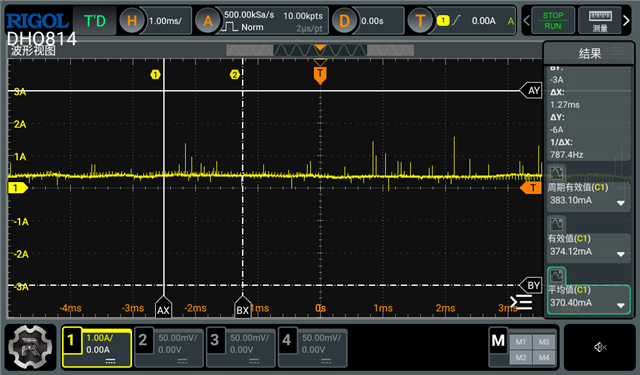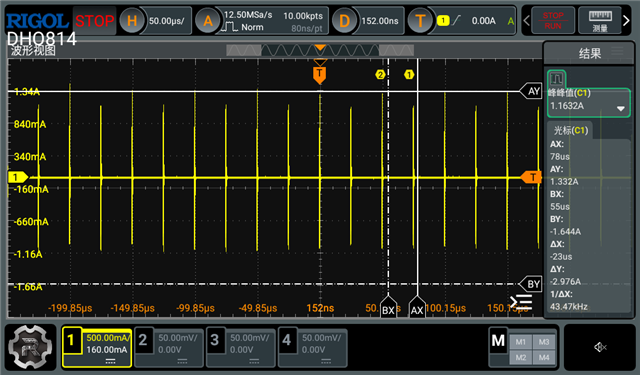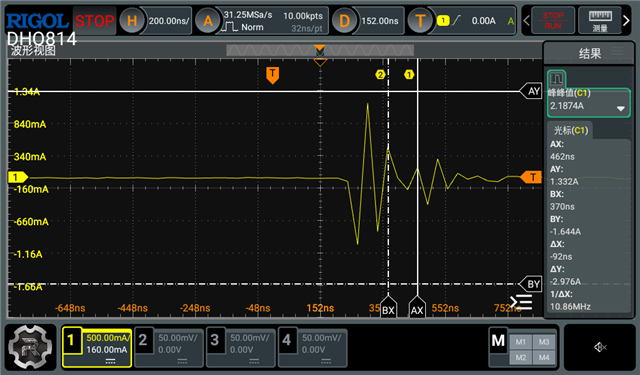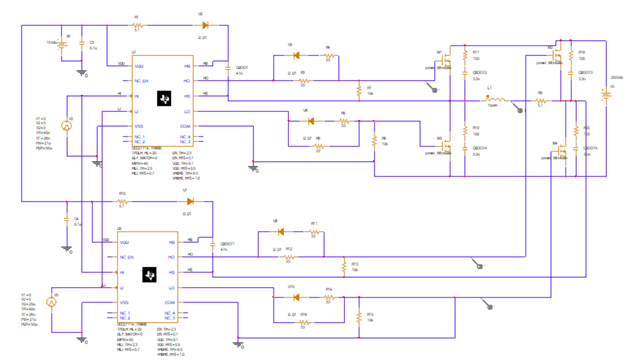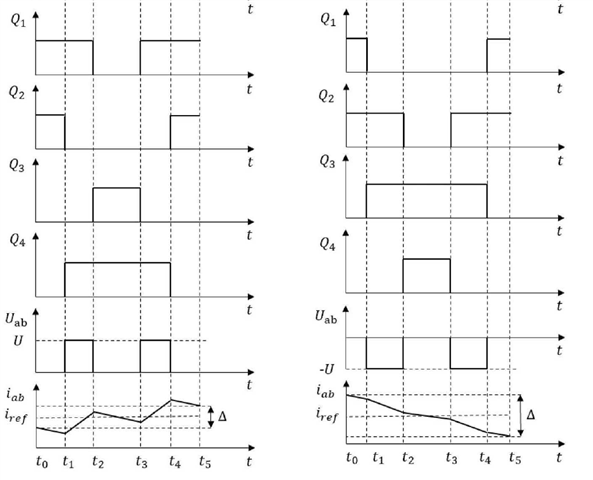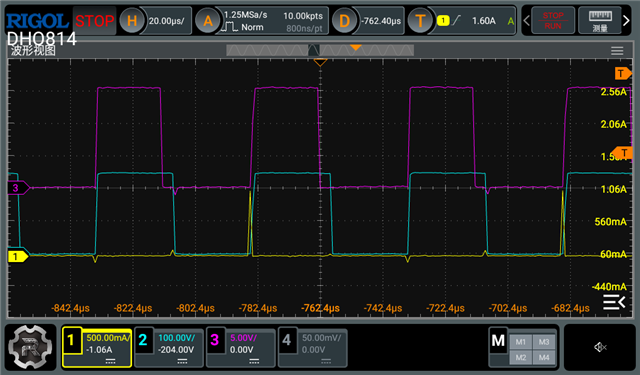Tool/software:
Hello,
When I use the UCC27714 to drive the H-bridge, shoot-through often appears。
I want to know if there is any irrationality in the circuit design。
fig1: H Brigde,Current sensor, and my load is 10mH inductance between XL1/XL2
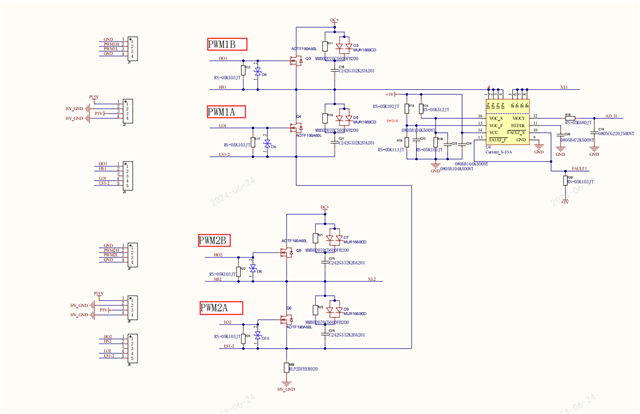
fig2: drive circuit
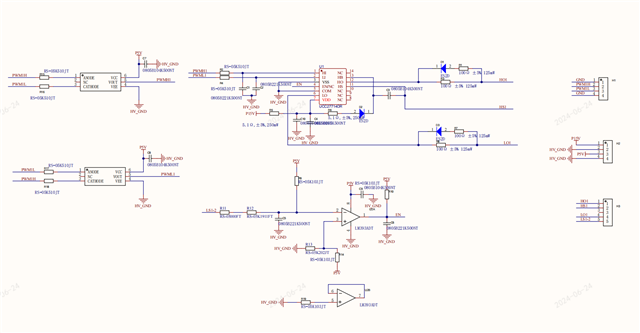
fig3: My test waveform,deadtime==4us.
CH1,CH2: PWM1A ,PWM2A
CH3,CH4:PWM2A ,PWM2B
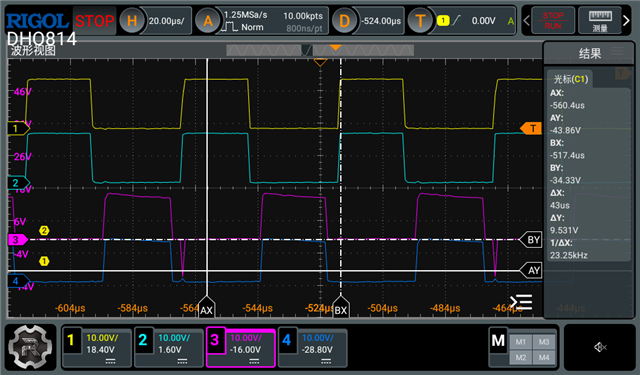 ;
;
fig4: This is the current waveform when I run it correctly,Another question is what adjustments I need to make to reduce these current pulses
